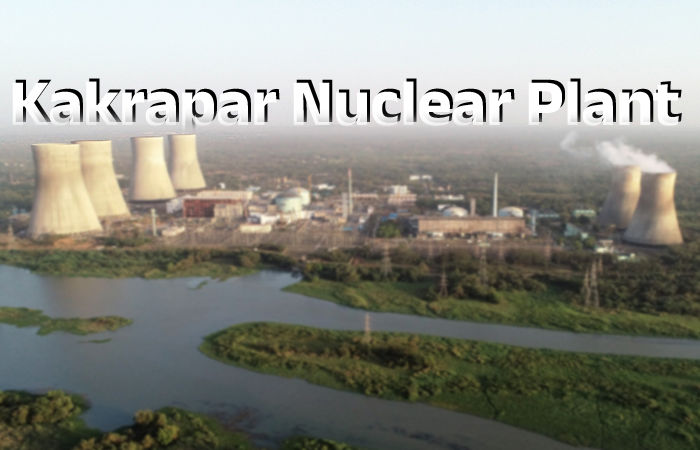Gujarat’s Kakrapar nuclear power plant becomes fully operational
 |
| Kakrapar Nuclear Plant (img: IANS) |
The country’s first indigenously-developed 700 MWe nuclear power plant became fully operational on Aug 31 in Gujarat’s Kakrapar near Surat.
“India achieves another milestone. The first largest indigenous 700 MW Kakrapar Nuclear Power Plant Unit-3 in Gujarat starts operations at full capacity. Congratulations to our scientists and engineers,” posted PM Modi on X, congratulating on achieving this great feat.
The reactor at the Kakrapar Atomic Power Project (KAPP) had started commercial operations on June 30, but was operating at 90% of its capacity till now.
KAPP-3 will be the 23rd addition to India’s nuclear power plant fleet.
The megaproject: Kakrapar Nuclear Power Plant
The Kakrapar project encompasses the construction of two 700 MW pressurised heavy water reactors (PHWRs), namely KAPP-3 and KAPP-4, adding to the two existing 220 MW power plants.
The addition of the KAPP-3 reactor signifies a significant advancement in the region’s nuclear power capabilities. Officials had reported that various commissioning activities were undertaken at KAPP-4, with remarkable progress of 96.92% being achieved by the end of May.
The NPCIL has provided approval for the financial and administrative aspects of constructing sixteen 700 MW PHWRs across the country.
India on its way as a world aggressor in nuclear power generation
India’s nuclear power generation capacity is expected to touch 22,480 MW by 2031 from the present 7,480 MW after the addition of KAPP.
Before KAPP became operational, the government had stated that currently there are 10 reactors (including 500 MW prototype fast breeder reactor -PFBR- belonging to Bharatiya Nabhikiya Vidyut Nigam Ltd-Bhavini) totalling to 8,000 MW under construction at various stages.
The government has also accorded administrative approval and financial sanction for construction of 10 indigenous 700 MW Pressurised Heavy Water Reactors (PHWRs) to be set up in fleet mode.
On progressive completion of the projects under construction and accorded sanction, the total nuclear capacity is expected to reach 22,480 MW by 2031 (NPCIL’s capacity 21,980 MW, and Bhavini 500 MW).
“This fiscal we will be spending about ₹18,000 crore as capital expenditure on our ongoing projects. The funding will be through a mix of internal accruals, central government budgetary support and long term borrowings. The first two will be about 30% and the borrowings will be about 70% of the project cost,” Sharma had said earlier this year.
(Source: IANS)
-Edited for style
For more such updates and news on the go, follow us on

